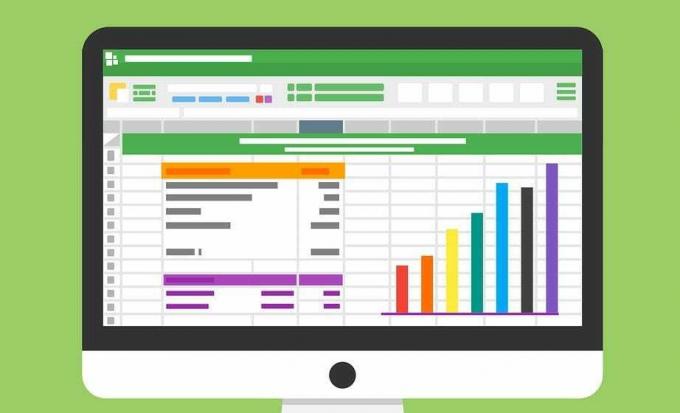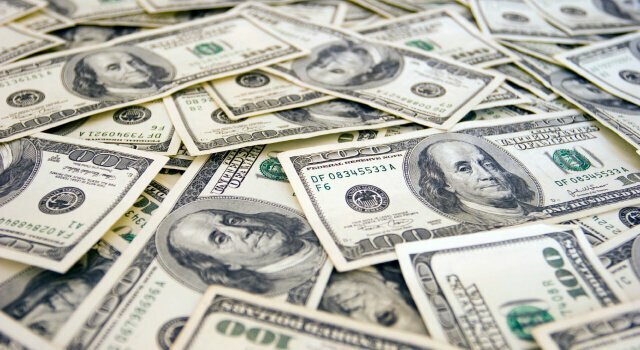The underlying asset, is a type of real or financial asset that the market evaluates. This is used for the purpose of assessing the reference of the derivative financial products contracts. The market evaluation of these assets is the basis that establishes the value of these financial products.
In order to understand its definition, one must have knowledge of what a derivative instrument is. These are financial instruments with a value based on another asset, such as a commodity, an index, a stock, a future or a currency, that means that the asset on which a derivative instrument is based is the underlying asset.
Advertisements

In this article you will find:
What is the underlying asset for?
It can be said that this asset does not constitute an asset in itself, since it does not present its physical ownership as is the case of shares that are listed on organized markets. Moreover, it will not be presented even if the derivative product is expired, although it must be purchased as happens in the case of futures.
Advertisements
This is because this type of contract is settled due to the difference that exists between the current price of assets and the value of the asset at the expiration of the contract.
This means that this asset is only used to have knowledge of the evolution of a contract at all times and to decide in a timely manner depending on the expected evolution of the same, the risk you have and the time that you still have until your expiration.
Advertisements
What is an underlying asset of a derivative product?
When making an investment, you can find innumerable products that are not so well known by people, but that despite that they can have a good acceptance on the part of professional investors, as well as institutional investors, since they stand out due to the proportionality of their high profitability, even when they also have to assume a high risk.
Through the contract for the purchase of various derivative products, no type of asset is acquired as such, rather it is possible that benefits are obtained due to the evolution of the asset to which it refers, which in the same way is called an asset underlying.
Advertisements
Seen from the technical point of view, this asset can be called a financial asset, which is an object of a normal contract that is traded within the market and that can be used as a basis for derivative contracts and other types of products financial
By taking into account the evolution in the price as a reference at the time of making a formal contract, it is can give certain possibilities of a contract that can be established between the seller and the buyer.
Advertisements
If, for example, within an options contract, the buyer may have the right, but does not have any kind of obligation, to acquire the asset at a certain price on the expiration date.
Which means that the price will be the same as the value of the asset, allowing the buyer to take different options that you could not carry out when buying the physical title of the asset without losing the benefits that this type of asset grants.
Types of underlying assets
Since there is a great variety of underlying assets that works within the organized market, where you can reach make an investment and determine the type of derivative instrument used, the following can be mentioned options:
Options on fixed income assets
All major bonds and notes of large companies should be taken as underlying assets.
Options on merchandise
In this case, two important groups of assets can be distinguished, such as agricultural and metals. Currently there are markets that specialize in all this type of merchandise, which establish in each case a different and standardized contract for all its elements.
Currency options
It refers to contracts that take as assets the exchange rate of a currency.
Stock options
They allow the right, however, they are not obliged to acquire a certain amount of shares in a company to a value established within the expiration date, therefore the stock of the company is the asset underlying.
Options on futures
In this case, this type of asset has been another derivative instrument, the futures that follow the evolution of another underlying asset other than those previously explained.
Example of underlying assets
It can be mentioned as an example of this type of asset, when buying or selling some stock options. It can happen that an option grants the operator the right to buy shares. In that option internally, the asset would be the share itself, since this financial instrument is the one that can provide value to the option. If this asset does not exist, the derivative has no intrinsic value.
Another example that can be highlighted is the denial of futures. It refers to when a futures operator makes the purchase or sale of a contract for the benefit of which the delivery of an asset is implied on a confirmed or specific date.
Within a transaction that contains a possible contract for difference, the profit or loss could depend on the uncertainty of the value of the asset being is totally related to the position that has already been taken, despite this, it may happen that the asset has never been bought or sold in reality.
Over time, the value of an asset could increase or decrease, making certain modifications at the same time to the value of the option. Although a derivative may or may not be a favorable investment, it can only be determined through the possible change in value of the underlying asset behind it.


